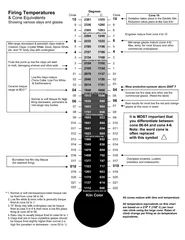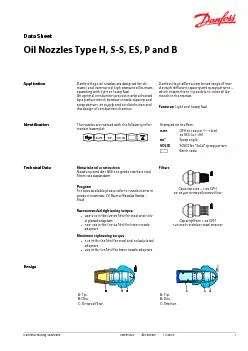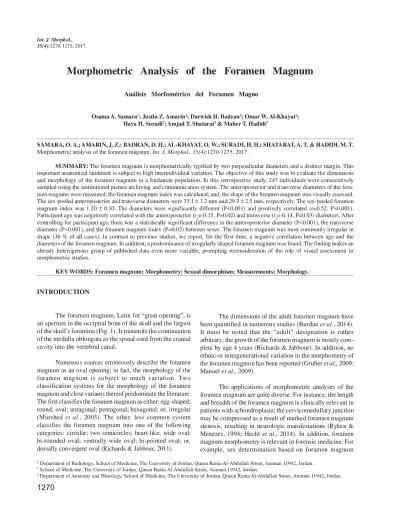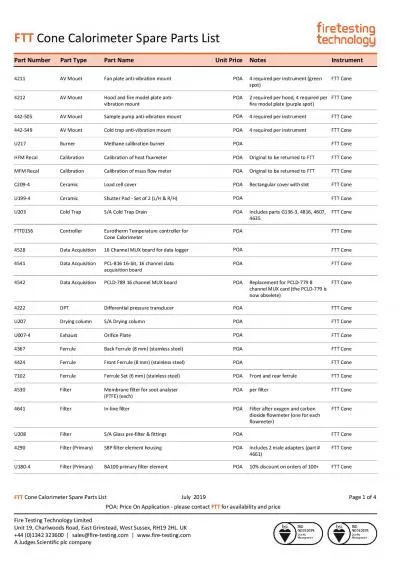PPT-Mental foramen Location and Dimensions of the Mental Foramen: A Radiographic Analysis
Author : nicole | Published Date : 2022-06-14
The majority of MF 56 were located apically between the 2 premolars and another 357 of MF were positioned below the second premolar On average the MF was localized
Presentation Embed Code
Download Presentation
Download Presentation The PPT/PDF document "Mental foramen Location and Dimensions o..." is the property of its rightful owner. Permission is granted to download and print the materials on this website for personal, non-commercial use only, and to display it on your personal computer provided you do not modify the materials and that you retain all copyright notices contained in the materials. By downloading content from our website, you accept the terms of this agreement.
Mental foramen Location and Dimensions of the Mental Foramen: A Radiographic Analysis: Transcript
Download Rules Of Document
"Mental foramen Location and Dimensions of the Mental Foramen: A Radiographic Analysis"The content belongs to its owner. You may download and print it for personal use, without modification, and keep all copyright notices. By downloading, you agree to these terms.
Related Documents














